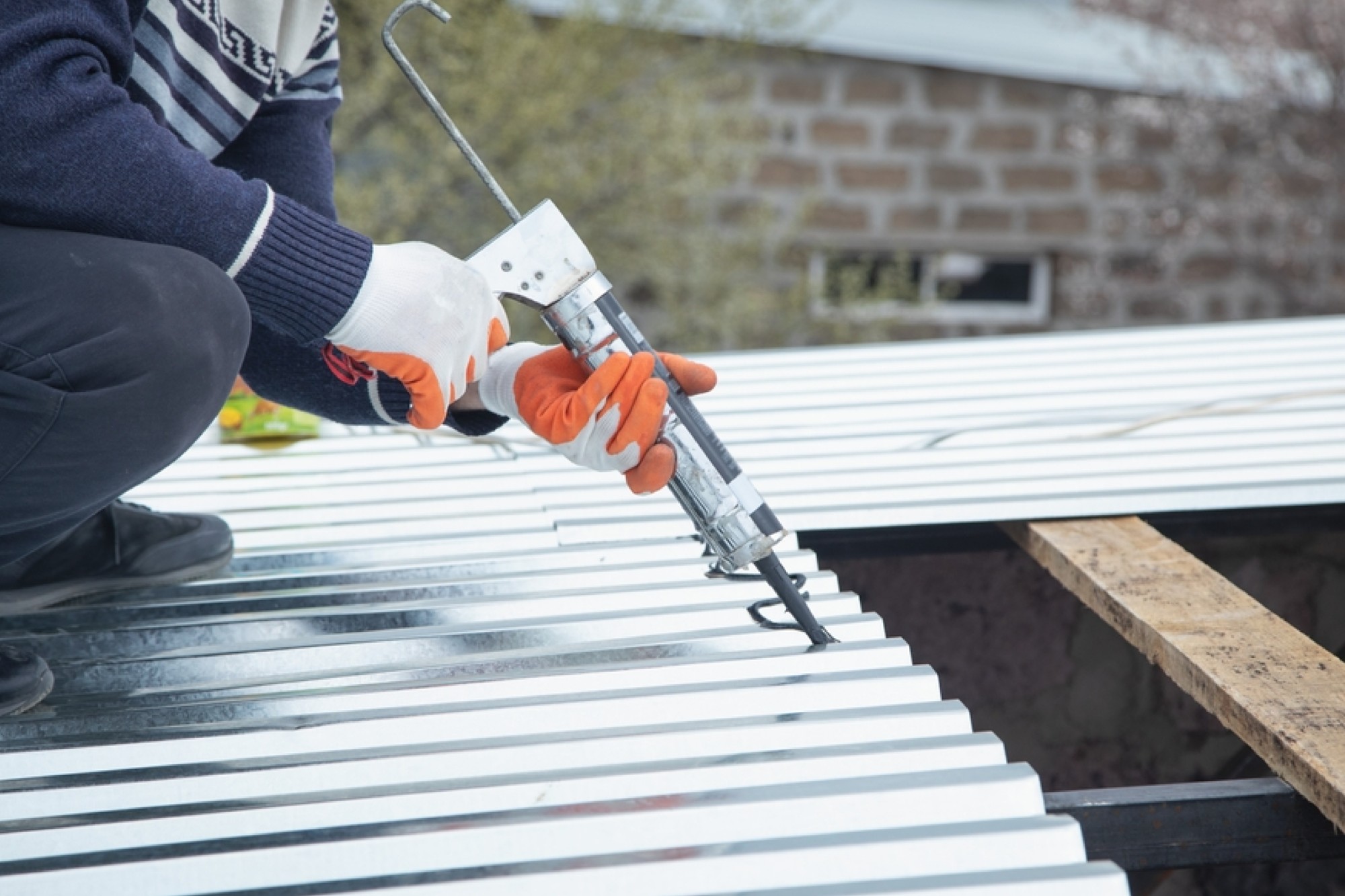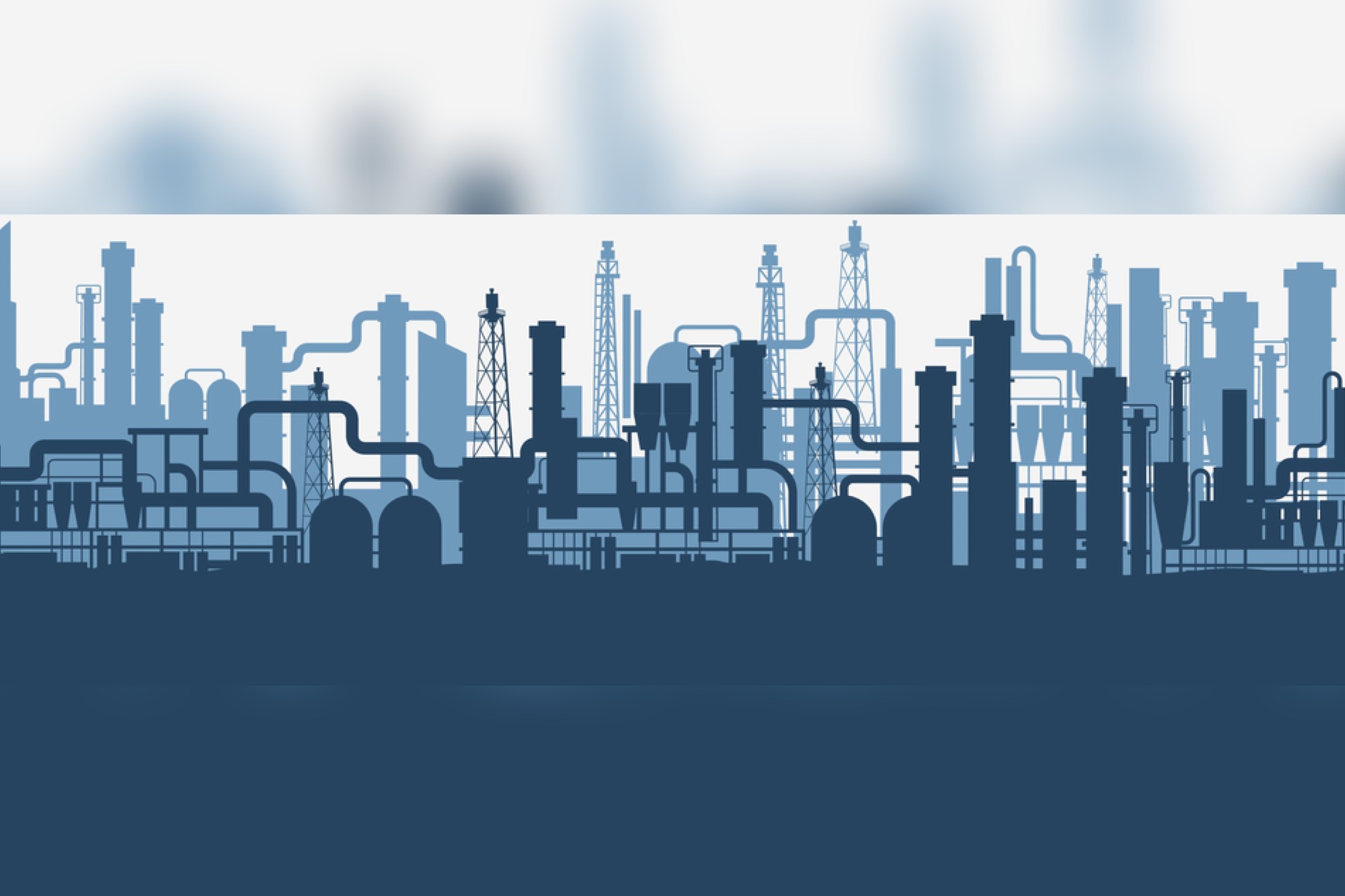Role of materials in sustainable construction and infrastructure
By Edit Team | November 5, 2022 3:41 pm SHARE

“The goals of sustainable construction includes sourcing, renewable, recyclable, and reusing materials, says, Prof. A.S.Khanna, Chairman, SSPC India.”
The sustainability requirements in construction assure positive outcomes for society and the environment. As a manufacturer, to bring out a positive outcome in the background, one has to ensure that the raw material used is made from natural resources, which don’t require a lot of heat, utilise less energy, and create less waste.
The goals of sustainable construction include sourcing, renewable, recyclable, and reusing materials whenever possible to avoid this. This is a big challenge, especially in the cement and tile manufacturing industries. Sustainable infrastructure refers to equipment and systems that meet the population’s essential service needs. Examples of infrastructure are roads, bridges etc.
The concept of sustainability
The concept of sustainability also includes the issue of inadequate resources, especially energy, and the oil process prices for industrial activity. During the infrastructure process, the soil produces a lot of energy, and various heating furnaces increase the chance of cost of technical issues such as the materials, building components, construction technologies and energy-related concepts. You can create eco-buildings or green buildings using these esources at a lower cost.
Non-Sustainable building material Paints Coating
Sustainability and eco-friendliness are essential in paints and coating because many chemicals are added to the paint system. Many of these chemicals are toxic to the body, including the added solvent, benzene, toluene and xylene. Almost 90 per cent of these solvent-based paints are dangerous to the lungs. Though most of this evaporates after the coating and printing, many people still inhale and get health issues.
So, now a day, for sustainable and eco-friendly paints, the first thing is to remove the usage of benzene, toluene, ethylbenzene, and xylene (BTEX) and reduce the concentration to very low or use alternative solvents like water, which makes it eco-friendly coatings.
Sustainable building materials
Most sustainable building material is produced or sourced locally. These materials contain recycled and industrial waste materials and by-products. It has a lower impact on the environment and is thermally efficient. Examples of sustainable building construction are; bamboo, precast concrete slabs, cork, straw bales, recycled plastic, reclaimed wood, reclaimed or recycled steel, and plant-based polyurethane rigid foam. The key feature of
sustainable materials in construction are:
- The materials are moisture-resistant, thus needing much less maintenance.
- Energy efficiency – Using sustainable materials helps reduce energy consumption in buildings and facilities.
- Durability – Sustainable buildings are known to last longer and require less maintenance, thus saving on costs in the long term.
An important factor in sustainable building material
Soundproof- Increased noise due to vehicular traffic, construction activities and repair is making life hell for many inhabitants living next to roads and construction sites. Thus soundproof material is one of the requirements.
Fireproof- To make the house safe, fire safety is the utmost requirement.
Thus to make sustainable construction possible, one should adopt smart and sustainable materials and technologies based on environmental laws. Define sustainable materials based on local requirements. Use new materials using minimum or no natural materials. Avoid wastage, go for quality construction, use natural resources such as light air, and avoid insects/moisture.
(Excerpts are taken from a speech given during the B2B Purchase webinar on sustainable construction)
Cookie Consent
We use cookies to personalize your experience. By continuing to visit this website you agree to our Terms & Conditions, Privacy Policy and Cookie Policy.



































-20240213125207.png)

























